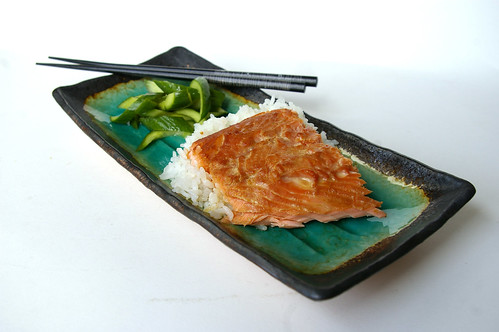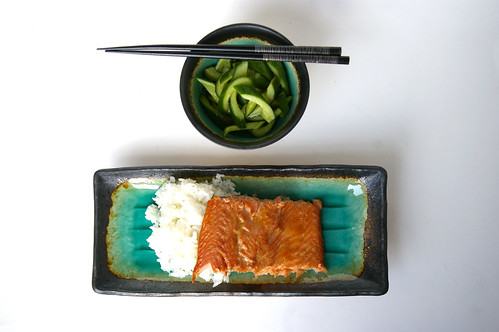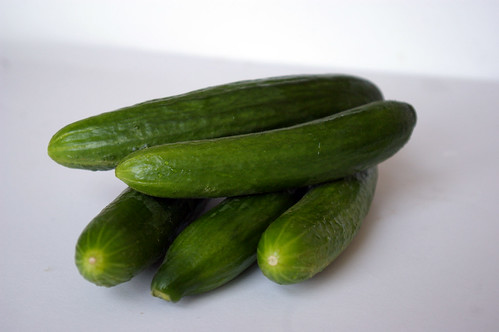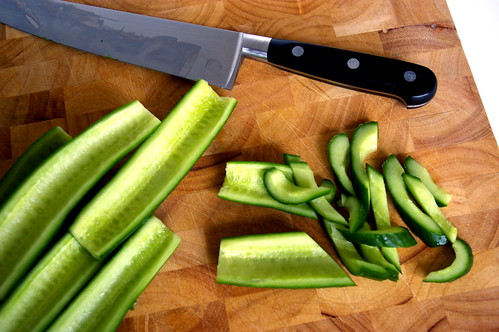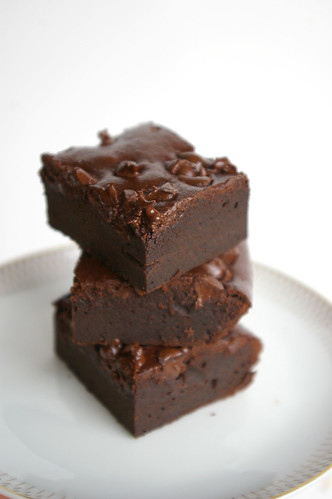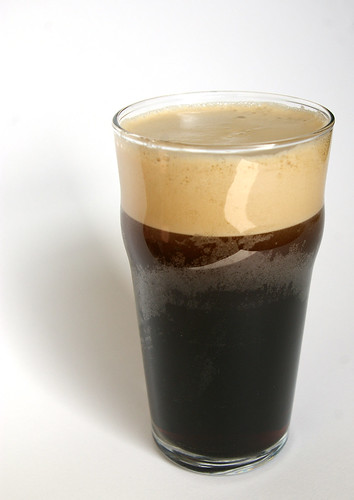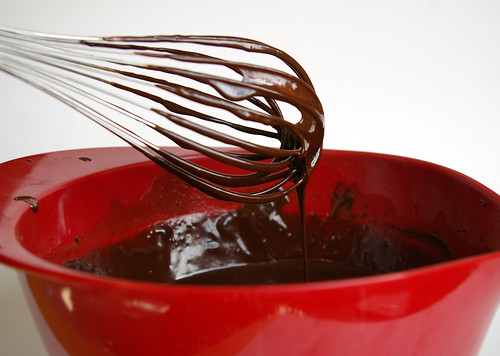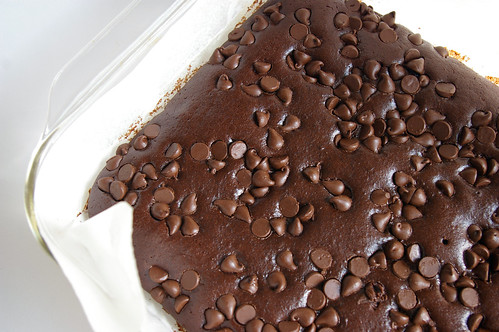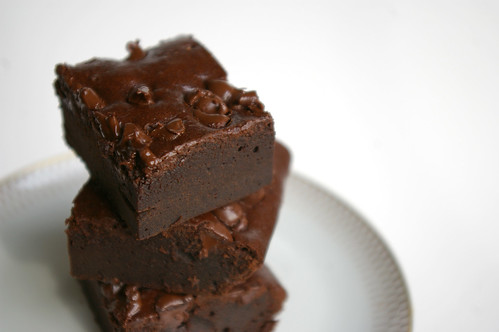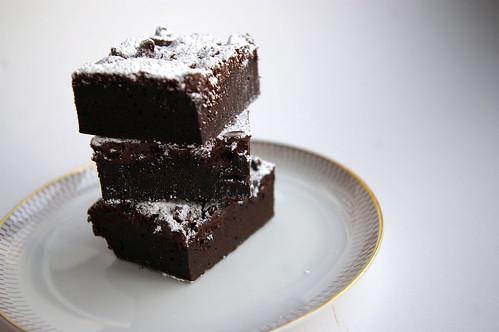When I’m nostalgic for Japan, there is one recipe I pull out.
Though, oddly, I didn’t find it in Japan nor use it when I was there.
Instead, this recipe for Teriyaki Trout was one I inherited from my family, who has been cooking it for years.
Although only really a nod to a traditional teriyaki, it is my fallback recipe when I’m longing for the Land of the Rising Sun. There, I often made an authentic teriyaki salmon that I would serve with steamed rice and a selection of tsukemono (pickles).
But this tastes just as good and the ingredients are readily available, unlike the two types of soy and mirin that usually went into my marinade when I was overseas. (These can, of course, be found at Asian grocery stores, but this recipe is built on ingredients most people have readily available in their cupboards: soy, sugar and sherry.)
This is not the thick gloppy sauce you find on supermarket shelves. This is a thin marinade that infuses the fish with that salty-sweet teriyaki flavour.
A few cloves of smashed garlic perfume the marinade without overpowering the flavours. (And, bonus, they are easy to fish out when it’s time for the trout to go in the oven.)
In the beginning, my parents made this with salmon, as the original recipe calls for, but when the price of that got too dear, they started using steelhead trout. Now that’s what I grab as well.
My version is a photocopy of the original, with no notation of where it came from. Even the amount of fish called for is absent from the recipe.
But I’ve found the marinade is enough for about two pounds of fish. I prefer to do whole sides rather than individual fillets or steaks, though please use what you want.
Since it’s usually only me dining, I often make the full batch of marinade and divide it between two pieces of fish, throwing one into the freezer for dinner at a later date. I’ll pull it out in the morning and let it sit in the fridge. As it thaws, it continues to infuse the teriyaki flavour into the fish and by the time I get home from work, it’s ready to cook, which, some nights, is exactly the kind of meal I like to have around.
When I’m a little homesick for the rice paddies and stunted hills of the small town in Japan where I lived, I make this dish, serving it with rice and some steamed green vegetables. Sometimes, when I’m really feeling nostalgic, I also make quick pickles -thin slices of de-seeded cucumbers left to sit in a bath of rice vinegar, sugar and salt.
The tangy flavour is a nice balance to the rich fish.
Teriyaki Trout
- 2 pounds (1 kg) steelhead trout, side or steaks
- 1 cup (250 mL) soy sauce
- 1/4 cup (50 mL) sherry (drinking, not cooking)
- 2 tablespoons (25 mL) sugar
- 3 cloves garlic, crushed
- 2 tablespoons (25 mL) grated ginger or ginger paste
Combine the soy, sherry, sugar, garlic and ginger in a bag or flat dish. Add the trout. Let marinate for at least 30 minutes or up to overnight.
Preheat oven to 450°F (230°C). Place fish in a casserole dish (if using steaks, grease the dish slightly so they can be easily removed) and bake until fish is cooked and flakes easily, about 12 to 20 minutes depending on the thickness of the fish.
Quick Japanese Pickles
The amount of salt and sugar can be easily adjusted for taste. I use Maldon flaked sea salt, which has a milder flavour. Sea salt can be easily substituted, but start with just 1 tsp (5 mL) and add more only if needed. The rice vinegar should be unseasoned.
- 1 English cucumber (or 3-4 small cucumbers)
- 1/2 cup (125 mL) rice vinegar
- 1 tablespoon (15 mL) sugar
- 1½ teaspoons (7 mL) flaked sea salt
- 2 tablespoons (25 mL) water
Slice cucumbers in half and use a small spoon to scrape out seeds. Slice on a diagonal into ½-cm half-moons. Stir together vinegar, sugar, salt and water and mix until salt and sugar have dissolved. Add cucumber slices, tossing them with brine. Let rest in the fridge for at least an hour, tossing occasionally.
This originally ran in the Calgary Herald. For more recipes and food stories, head to the Calgary Herald’s Food page.

